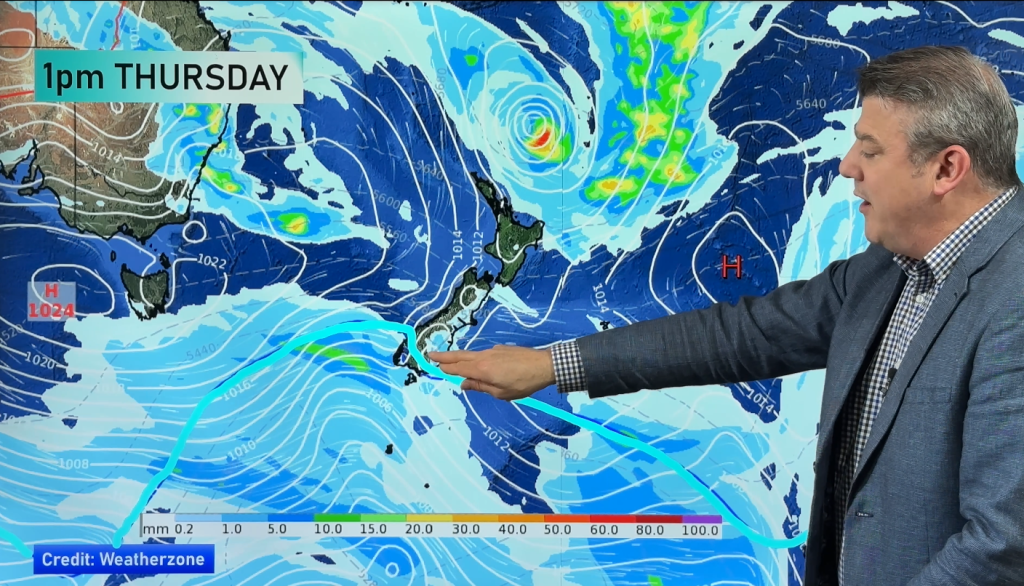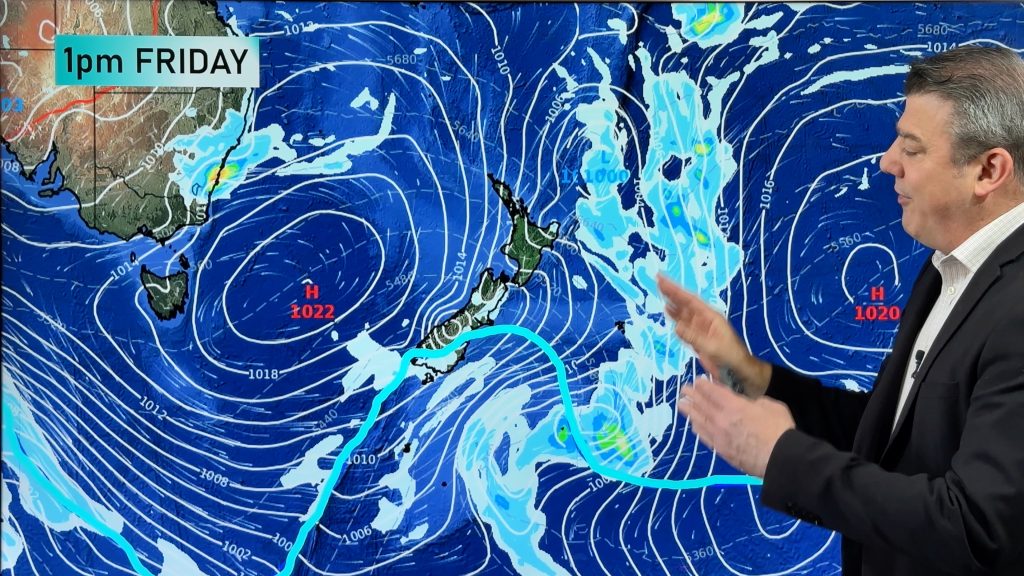
> From the WeatherWatch archives
The forecast for Queensland is terrible. More rain is expected – not just in the next few days but the coming months.
The tropical and sub-tropical areas of Australia are now entering their wet season. La Nina is only making conditions worse.
The floods may put an end to many businesses – particularly farmers who are facing this after several years of droughts.
New Zealander Neil Schierning lives in the town of Gympie, 160km north of Brisbane. Luckily Schierning’s house is away from the flooding but he said the town was almost isolated and petrol and food were running out.
Cambridge has a similar population to Gympie and is a similar distance from Auckland as Gympie is to Brisbane. I’ve seen some big Waikato floods but I can’t imagine the entire region underwater and places like Cambridge running out of food and petrol. Or towns like Morrinsville, Ngatea and Matamata completely cut off with access only by helicopter.
Toowoomba, slightly smaller than Hamilton, was hit by flash flooding on Tuesday that killed several people.
It’s hard to comprehend what is really unfolding in Queensland – but for hundreds of thousands in the “sunshine state” it will be life changing.
Meanwhile, confusion about what La Nina means for New Zealanders continues. Anne Maree Miller wrote to the Herald on Sunday asking for clarification on a number of news stories published during the past weeks.
There are a number of different scenarios. Basically, La Nina creates warmer waters around New Zealand (but cooler around equatorial Pacific). La Nina produces hotter weather for most of New Zealand but places such as Canterbury and Hawke’s Bay can be cooler with more winds off the sea.
Rainfall is usually higher in northern and eastern regions of both islands, while droughts are more likely in western and southern areas.
So you can see why news stories focus on wildly different La Nina scenarios.
One story by NZPA confused the message further by reporting La Nina brought cooler seas and drier conditions. This isn’t true for New Zealand (but La Nina does bring this weather to other nations, such as South America – so the quotes were accurate, but the message was not).
In a nutshell, La Nina brings warmer seas to New Zealand, wetter weather in the north and east and drier weather in the west and inland south.
– Philip Duncan writes a column for the Herald on Sunday each week
Comments
Before you add a new comment, take note this story was published on 15 Jan 2011.






Add new comment